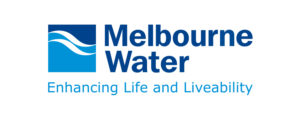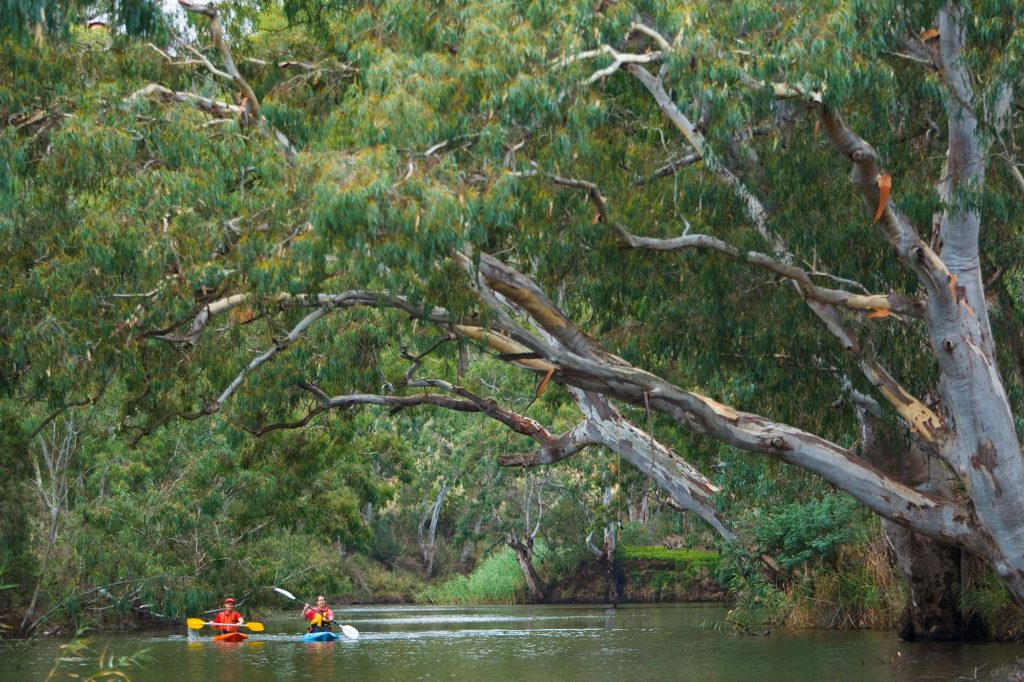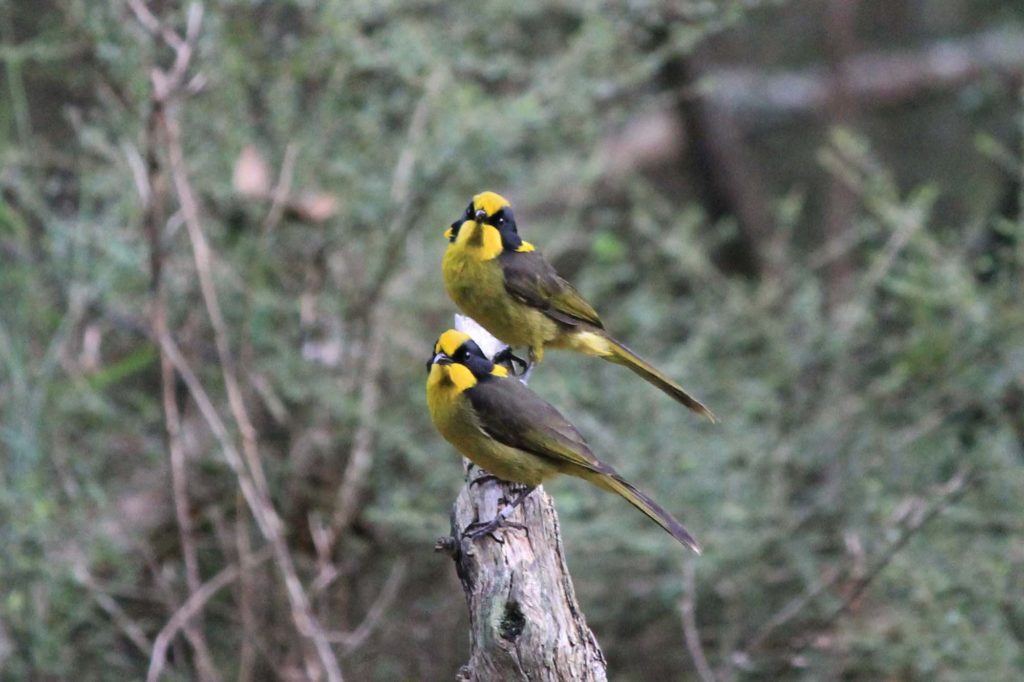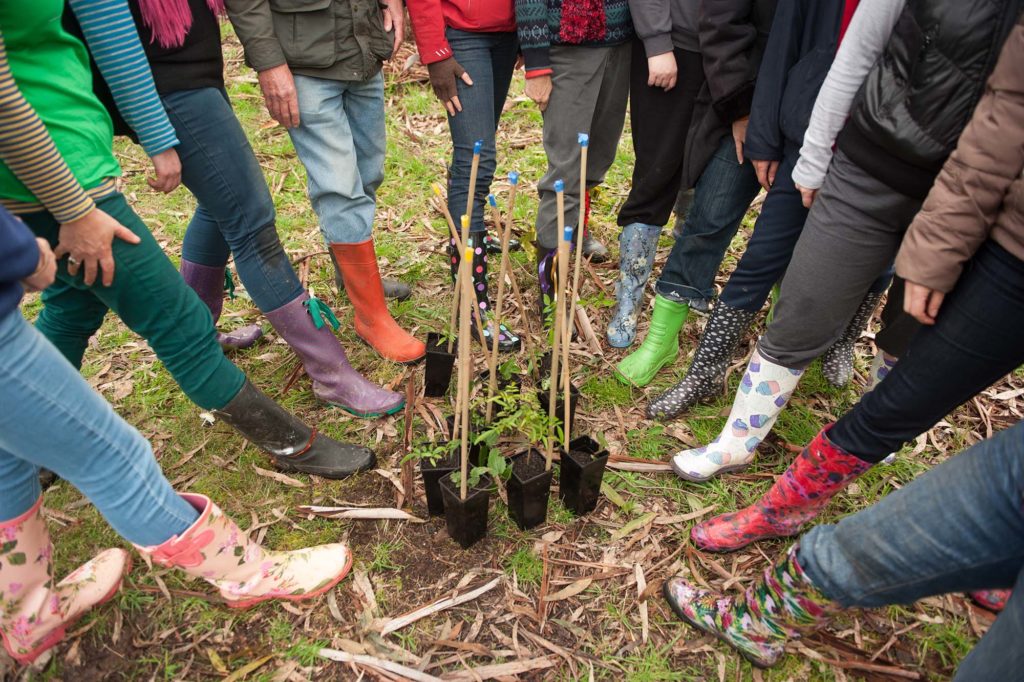Coordinating implementation
The Port Phillip & Westernport Catchment Management Authority has had the lead role coordinating the development and implementation of the Regional Catchment Strategies over the past 25 years. This role was assigned under provisions of the Catchment and Land Protection Act 1994. Over this time, there have been three previous Regional Catchment Strategies and this new one is the fourth.
However, from 1st January 2022, the Port Phillip & Westernport Catchment Management Authority was integrated into Melbourne Water. Melbourne Water has now taken on the role of coordinating and reporting on the implementation of this Regional Catchment Strategy.

Coordinating the implementation and reporting of the Regional Catchment Strategy includes:
- Supporting and collaborating with Registered Aboriginal Parties and Traditional Owners to ensure the strategy aligns with their planning and aspirations, and enabling them to engage effectively in natural resource management in this region in ways that they self-determine
- Actively collaborating with government, non-government, industry and community organisations, and landholders and community sectors, to promote and advance the Regional Catchment Strategy and its directions, targets and priorities
- Actively collaborating with major investment sources, including Victorian and Australian government departments, to promote the strategy and its directions, targets and priorities, influence the scope and scale of future funding programs, and secure significant new funding for natural resource management priorities in this region
- Initiate and coordinate regional investment processes/applications, in collaboration with relevant stakeholders, to develop agreed, prioritised regional funding applications for major funding programs such as relevant Victorian Government programs and the Australian Government’s National Landcare program
- Promoting the Prospectus and its project proposals with both project proponents and potential investors and ensure the Prospectus becomes a valuable tool that helps secure significant new funding for priority projects in this region from diverse sources
- Actively fostering partnerships, collaboration and coordination amongst the organisations and communities involved and interested in natural resource management in this region, through mechanisms such as regular thematic and geographic forums aligned with the strategy themes and Local Areas
- Progressively securing more ‘Partner Organisations’ for the strategy, including all Councils of the region
- Collaborating with key organisations to systematically strengthen the links between the strategy and the metropolitan and regional land use planning system, including through mechanisms such as having the strategy referenced in various other strategies and plans, having it formally recognised by Councils as a reference document, having new references and provisions included in the Victoria Planning Provisions, and development of guidance notes and other documents
- Maintaining the accuracy and currency of information in the strategy including its maps, data, live links, etc.
- Maintaining a register of changes/updates to the strategy on the updates and review page of this website
- Monitoring and reporting on the condition of the natural resources in the region and the progress toward the targets for condition outlined in this strategy
- Monitoring and reporting on implementation of the strategy and progress towards its governance and implementation targets
- Assisting the aggregation of information from this region into state-wide processes for reporting on natural resource condition.
What will success look like?
As reflected in this strategy’s vision, success will see the organisations and community sectors of this region collaborating to protect and improve our natural resources and environment. There will be shared leadership in planning, decision making, action, monitoring and reporting that ensures targets are set, agreed and pursued so the natural resources and ecosystems are healthy and resilient for the long term.
Indicators of success are likely to include evidence that:
- People and organisations are using the strategy to link their local planning, decision making and action with region-wide strategy, and with the planning and actions of others
- Major organisations in the region are well connected with each other and their respective planning is undertaken collaboratively
- The understanding that everything is connected to everything else has manifested strongly in natural resource management, with planning and action always undertaken in ways that consider risks across themes and and achieve multiple, integrated benefits
- Partnerships are flourishing between Government, non-Government, Traditional Owner and community organisations, improving efficiency and enhancing outcomes
- The links between urban, peri-urban and rural/regional planning and management with natural resource planning and management are strengthened and systematised, with better outcomes being achieved for communities, productive systems and the environment of the region
- Significant new funds being secured for the region and being directed to priority actions
- Monitoring systems are targeted, streamlined and consistent across multiple organisations and areas, and underpin regular reporting that is informative, useful for many sectors and purposes, and influential for future planning and decision making
- Ultimately, the condition of the natural resources of this region is at least stable and often improving.



Targets
The following targets will broadly indicate that the Regional Catchment Strategy and its implementation are proving to be valuable to the organisations and communities of the region.







